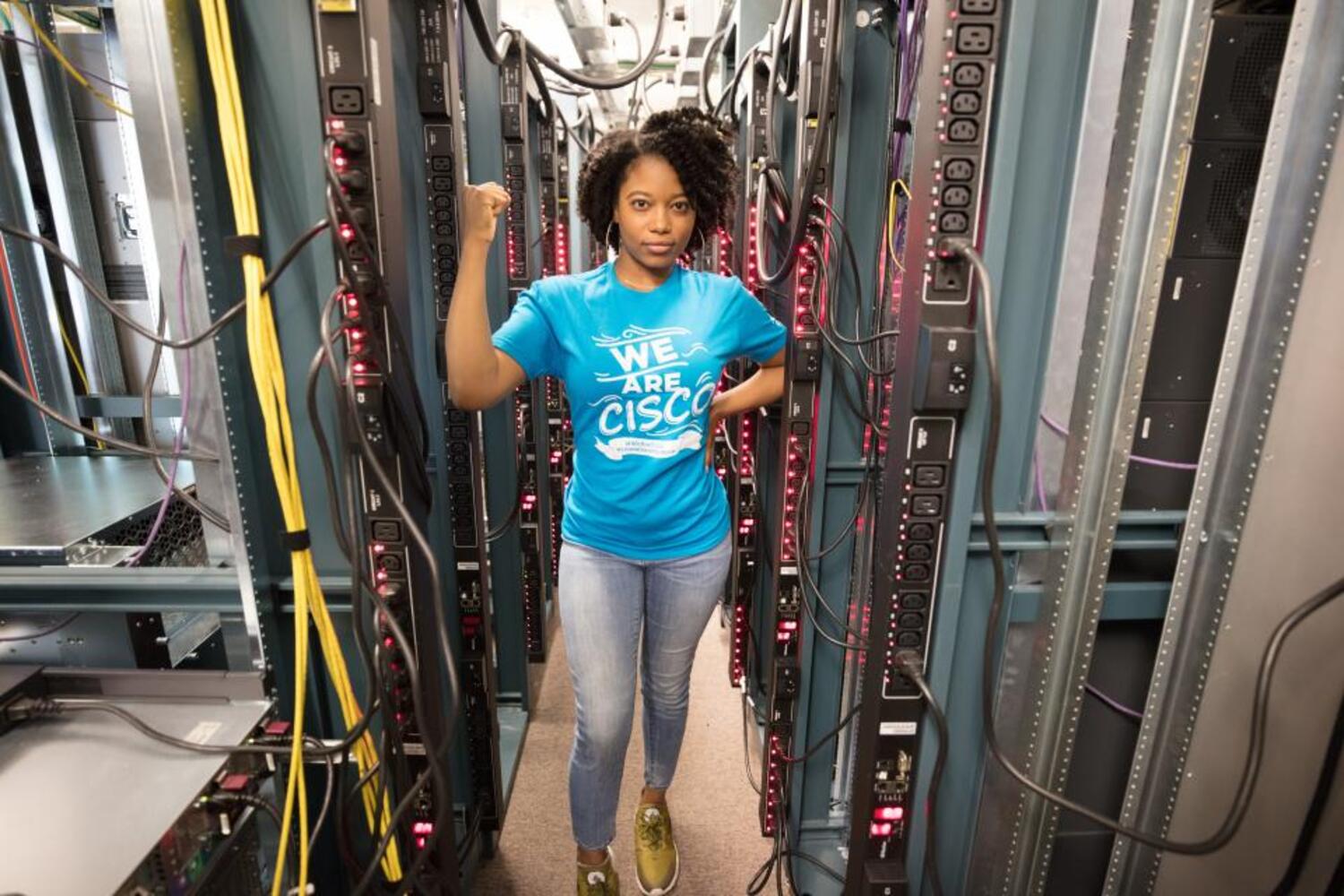
Best Workplaces, Employee Experience, Employer Brand
Are your vacation days piling up? Does taking a week off work cause more stress than it relieves? Do you find it hard to unplug when you are on holiday? Do you work the Sunday following your holiday so you don’t return to work on Monday without catching up?
If you answered yes to any of these questions, you are not alone! Many Americans suffer from vacation anxiety. Guilt, difficulty unplugging and unsupportive company culture are common causes.
In 2018, 768 million days of vacation went unused. And 236 million of those days were non-transferrable into the next year. You could say we have a vacation epidemic in America, a country that has been dubbed ‘The No-Vacation Nation.’
While forgoing vacation days may appear heroic, it's actually detrimental to the individual and the organization. This year, the World Health Organization classified burn-out as an “occupational phenomenon” characterized by lack of energy, disengagement and reduced professional efficacy.
If your employees forgo their vacation time and become more susceptible to burn-out, what effects do you think this has on your business?
Companies in America are taking note of this trend and are working to address it. Even the Big Four accounting firms are putting well-being as a top priority. For example, Deloitte is investing in Artificial Intelligence to take over distracting HR and IT tasks that lead to burn-out.
PricewaterhouseCoopers LLP conducts an Energy Audit with their employees to help them live positive and healthy lifestyles. EY is addressing the issue head-on with perhaps the boldest practice. The company shuts down all US offices for two weeks a year.
I had the privilege of interviewing Wendy Edgar, EY America’s Director of Human Resources and Lee Kittay, EY Assistant Director of Brand, Marketing, and Communications about this two-week holiday program and how it came into practice.
Why does EY close their US offices for a week twice a year?
Based on employee survey feedback, EY leaders knew their employees were having a hard time disconnecting from work. It’s easy to understand why it’s hard to take a break. EY is one of the largest professional services firms in the world with the mission: "building a better working world."
Leaders wanted to focus on their employees’ well-being and help them avoid burn-out.
While they were working on this initiative, in 2017, EY made the Fortune 100 Best Companies to Work For™ List for the 20th year in a row. They wanted to do something special to thank their employees for making EY a great place to work. Leaders wanted to do something that resonated with people on disconnecting from work. So they offered a one-time gift of paid holiday time the week of July 4th.
The one-time gift was such a success, the company decided to build on the positive reaction and offer it annually in July and December. When institutionalizing the office closures, EY increased holiday hours and also asked employees to use some of their holiday days. In this way, there was a shared responsibility for disconnecting.
What is the impact of this program?
This program addresses vacation-phobia head-on because it eliminates the fear of missing out. There is no guilt in taking a holiday because all your colleagues are on vacation too.
There is no need to check emails on Sunday before getting back to work because there were few emails sent in your absence. In fact, the first time they took a week off, employees came back to work on Monday thinking there was something wrong with their computers because they had so few emails!
“The amount of enthusiasm and excitement afterward was tremendous!” said Wendy. The team launched a campaign to share what they did during their time off. Some employees took trips to Alaska and Disneyland with their family. Others spent the time volunteering in South America. Another employee got married!
“It’s a way to thank our people and they can count on that time off – it’s a tremendous morale booster,” says Wendy.
How do you get executives on board with such a bold idea?
Wendy and Lee admitted that the board had questions about the potential impact on the business. However, their team did a beautiful job of relating this effort to their larger company wellbeing strategy – something Great Place To Work® often advises clients to do.
Connecting new initiatives to existing efforts makes buy-in more likely. It is also logistically easier to roll out than a new program that’s not aligned to any existing strategy. In this case, EY took the idea of thanking their employees and aligned it with wellbeing efforts already in motion.
It’s also not as simple as getting the green light from the top. For something like this to work, there needs to be buy-in from the whole company. That’s why Former EY Americas Managing Partner, Steve Howe, and Carolyn Slaski, EY Americas Vice Chair, Talent, sent out a video message to all US employees. They announced they were taking the week off, encouraging everyone to enjoy their time off too.
Even though this was a formal program, Steve and Carolyn's message was “kind of giving them permission to take advantage of this benefit,” said Lee.
When I asked about how they communicate this program to their clients, Wendy explained: “We’re a professional services firm. Everything we do and pride ourselves in is customer service and being available to our customers.”
EY Partners and leaders let their clients know about the week-off ahead of time and planned for it accordingly. “Many clients applauded this initiative,” explained Wendy. The professionals who didn't or couldn’t work around the week off still received support.
“In some cases, we do need our people to work during this week and they can take the time off at a later date. In this situation, engagement partners will take ownership so staff can enjoy their time off."
There’s always a contingency in place. They never leave clients on their own in case something urgent arises.
The real costs of overwork
The notion of shutting down business for a week seems improbable to many leaders. It is natural for your first instinct to be that you’re losing money and productivity will decrease. But burn-out is actually a much bigger risk to productivity and profit.
EY addressed some of the common fears, including, "Aren’t we going to lose money if we pay people while they’re not working?" For EY, there's no cost to the bottom line. People are getting paid a salary whether they’re working 40+ hours a week or it’s a holiday week.
And, providing this time off helps with retention. It’s more cost-effective to have people take a vacation than to lose them to burn-out and have to recruit, train and onboard new staff.
What about the loss of productivity?
Obviously, the flexibility to do this depends on the type of industry and work schedule a company has. For example, it’s more difficult (but not impossible) to shut down a manufacturing plant than it is for professional services. At EY, people do a little extra work before and after the break, so the work is still getting done.
Switch off to switch on
"It's productive and less-disruptive when everyone is off at the same time," said one EY employee."Your inbox doesn't blow up while you're out on leave with your family and friends," shared another.
Vacations give employees time to recharge their mental batteries. And counter to popular belief, time off can actually improve efficiency, as employees at EY show.
Read more Great Place To Work customer stories and company culture case studies here.











